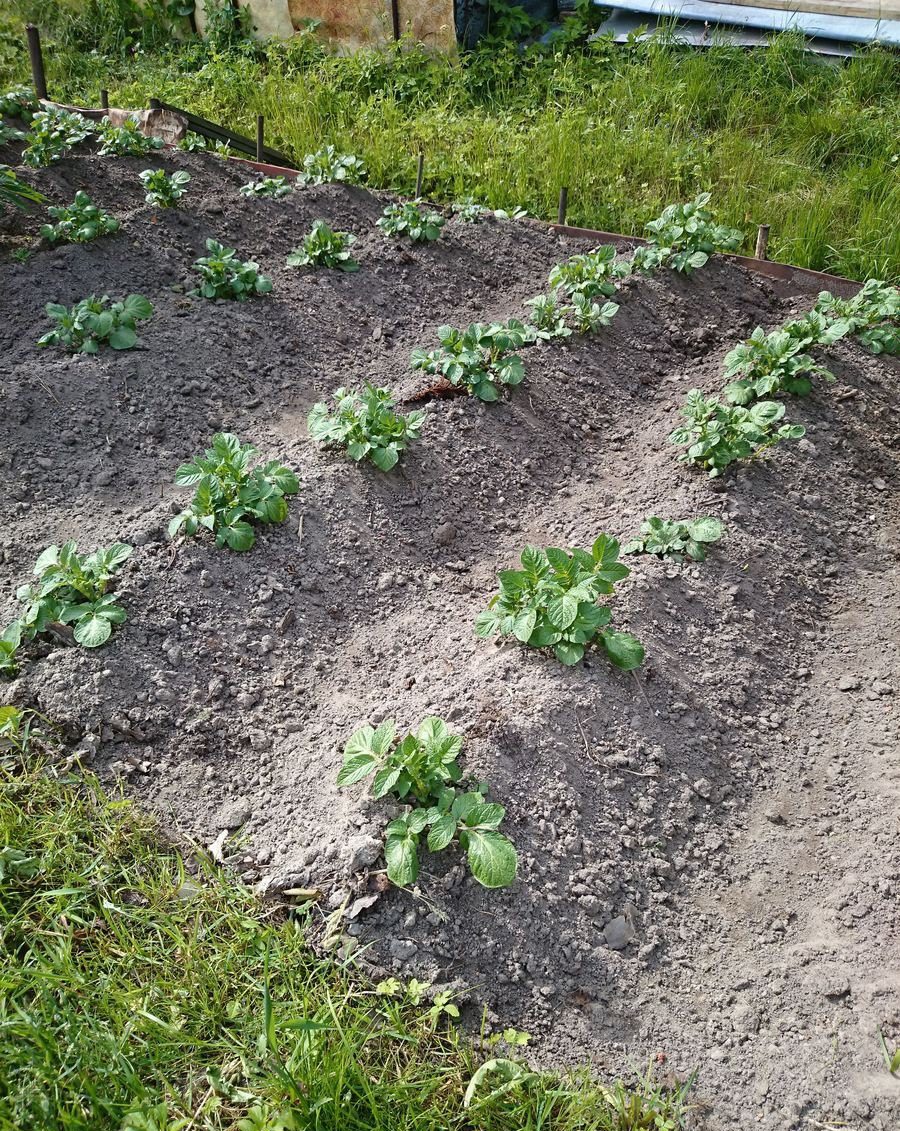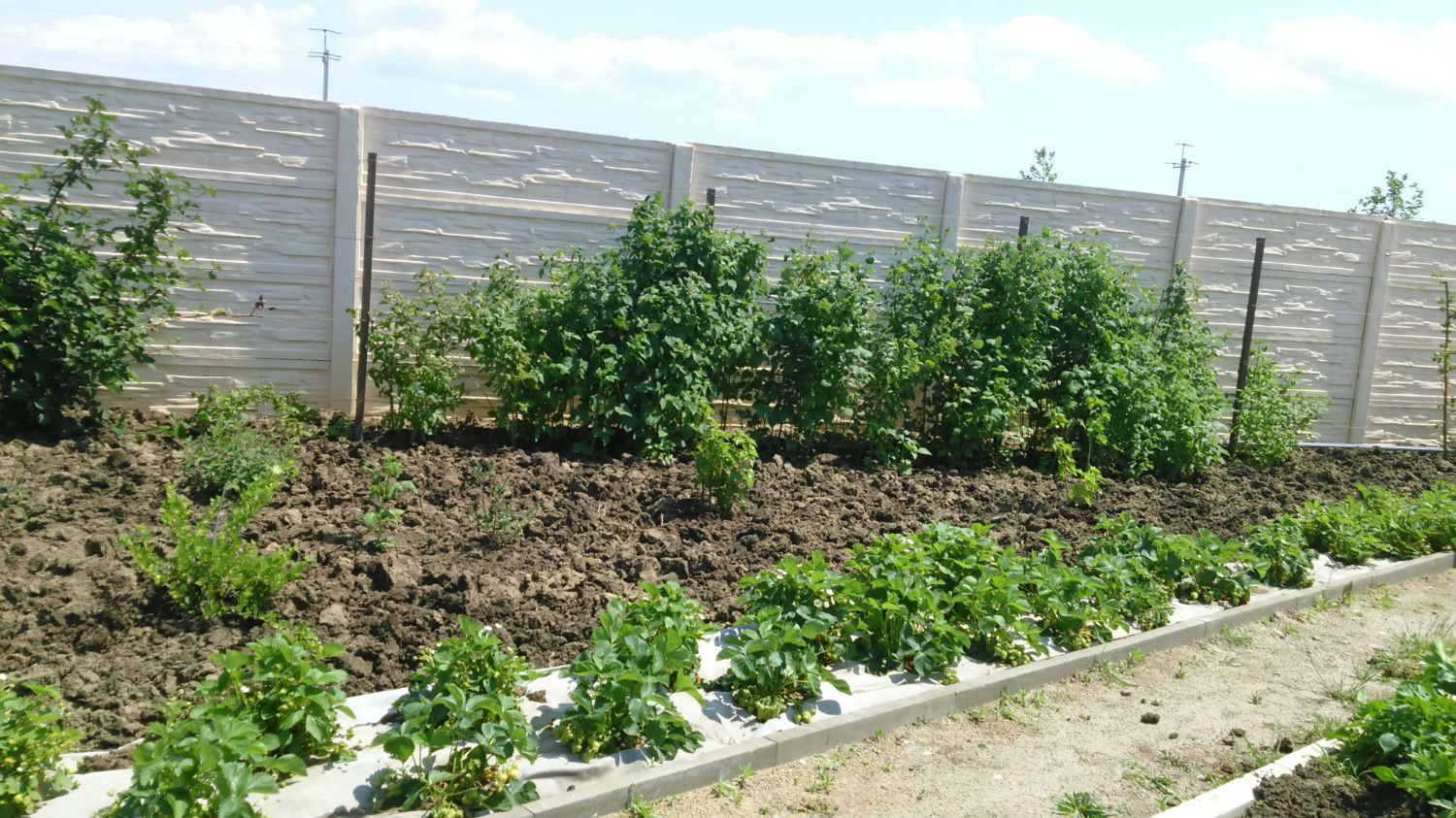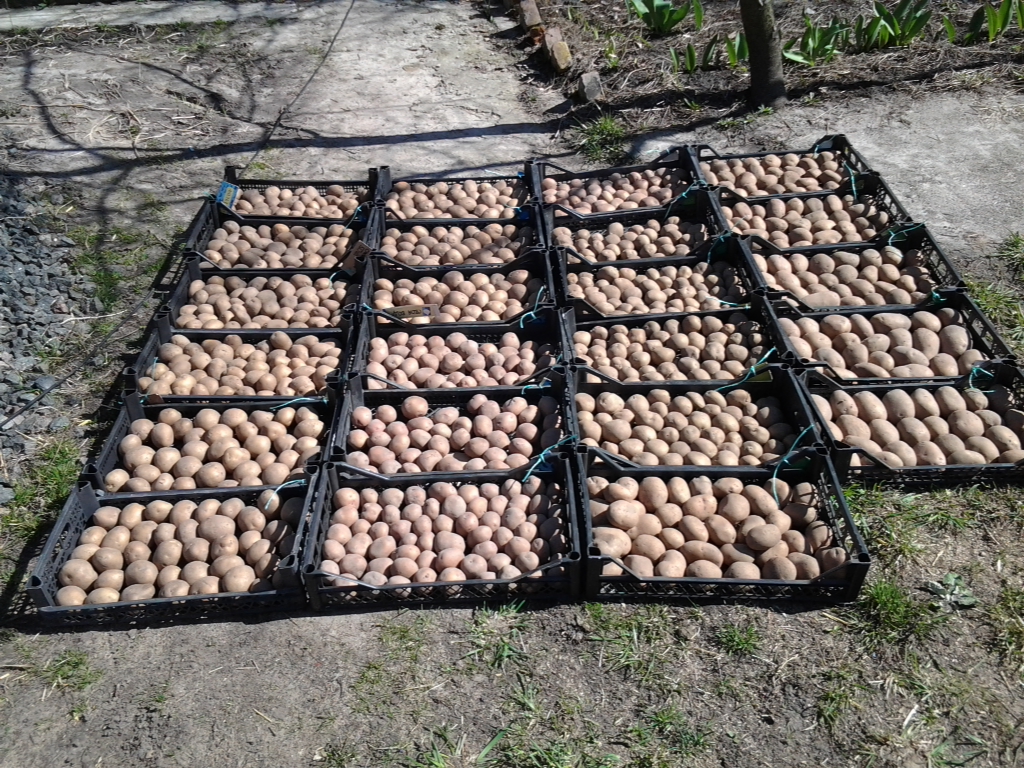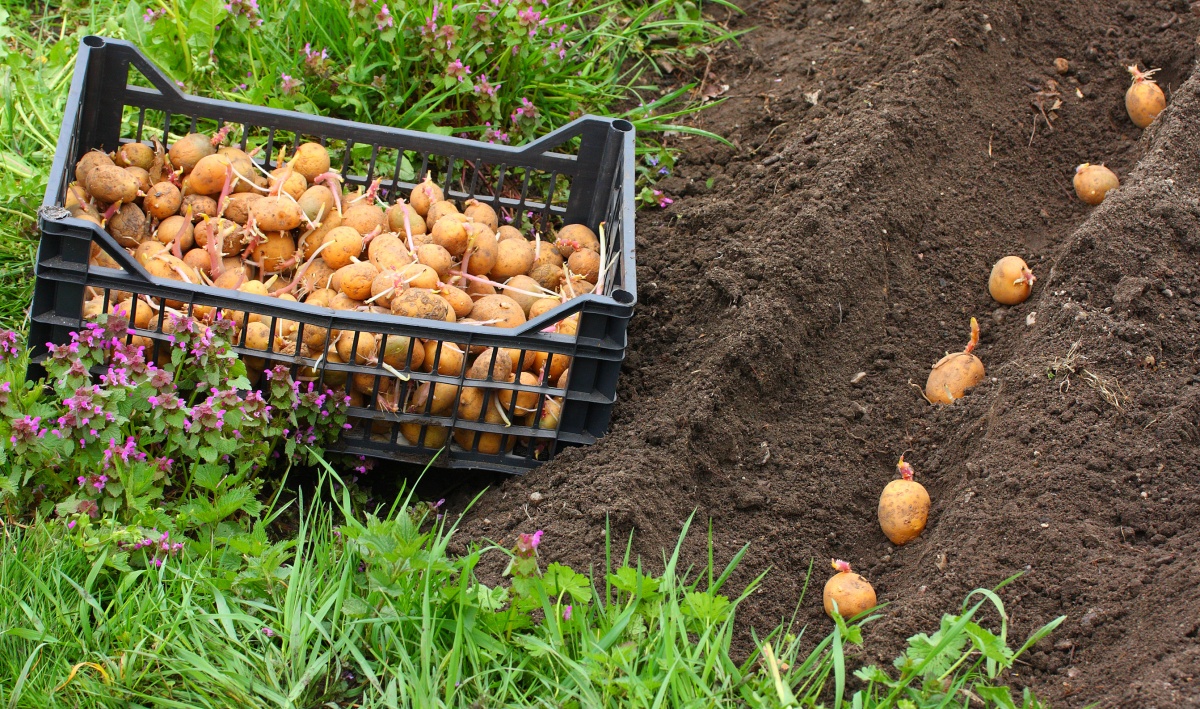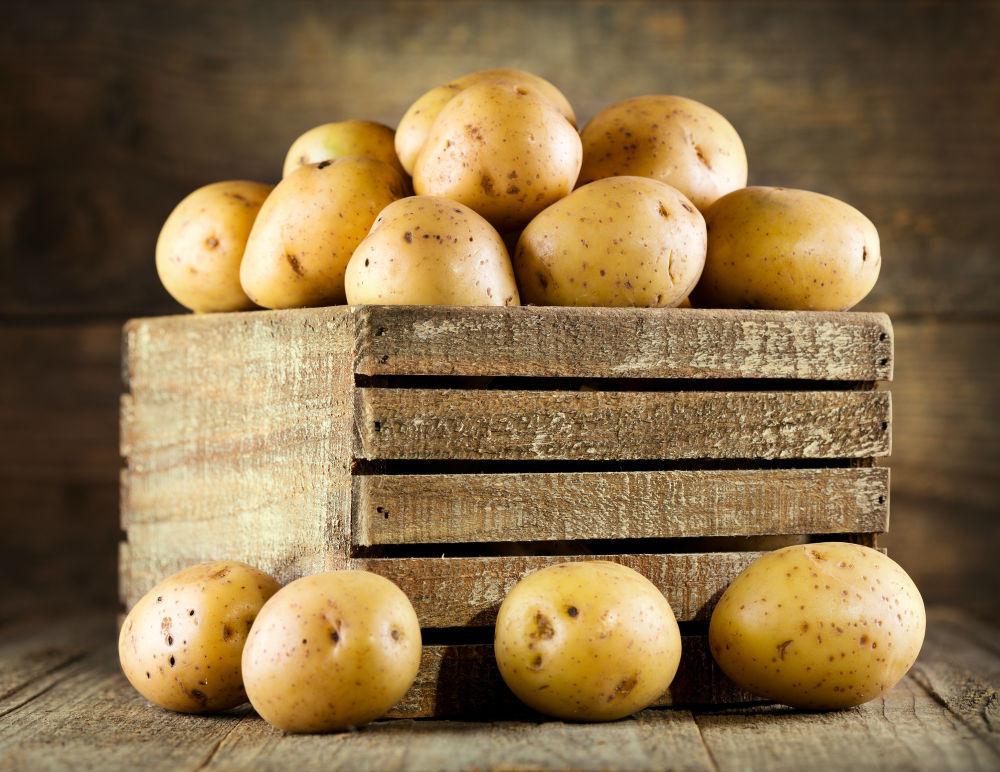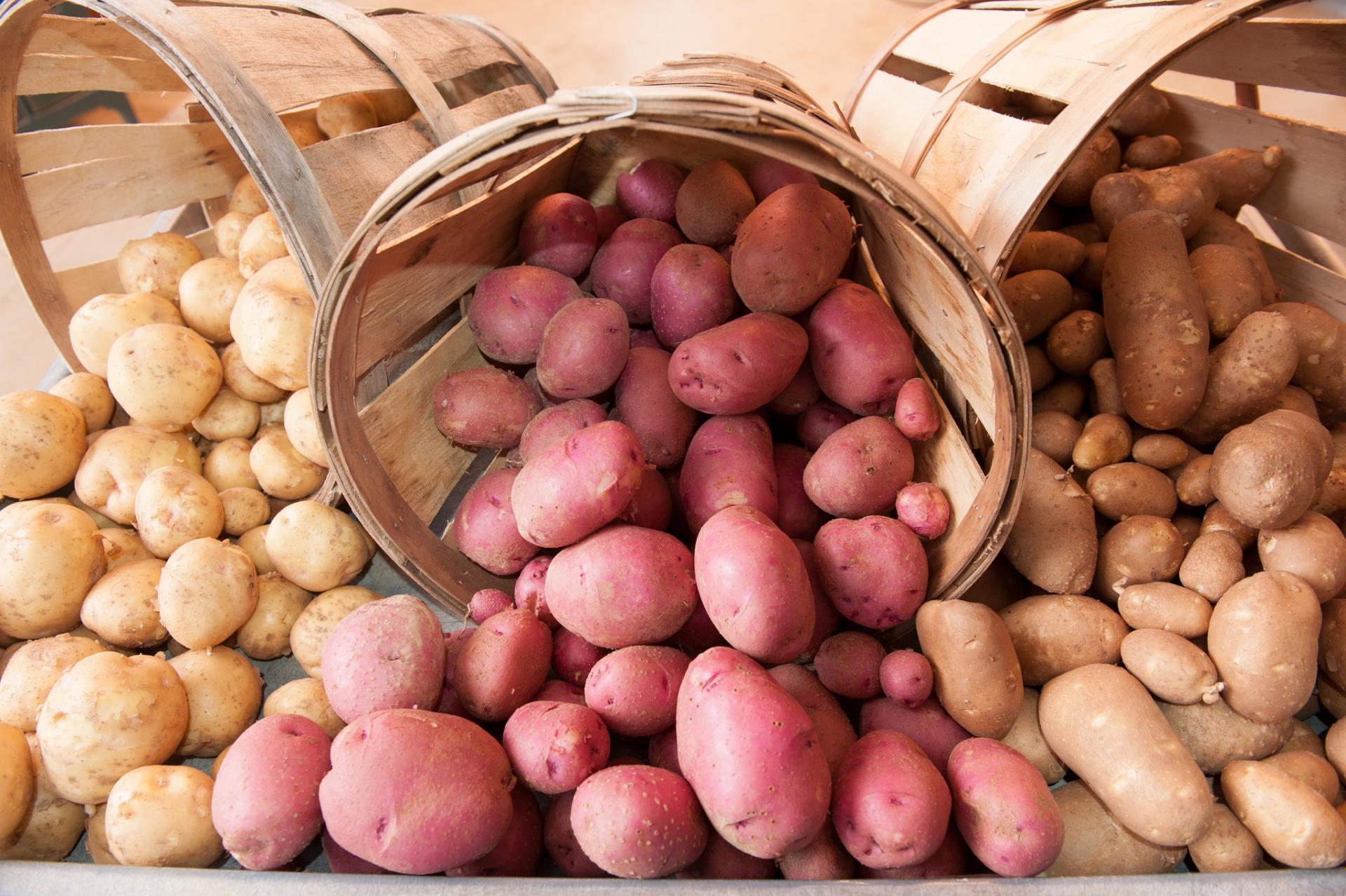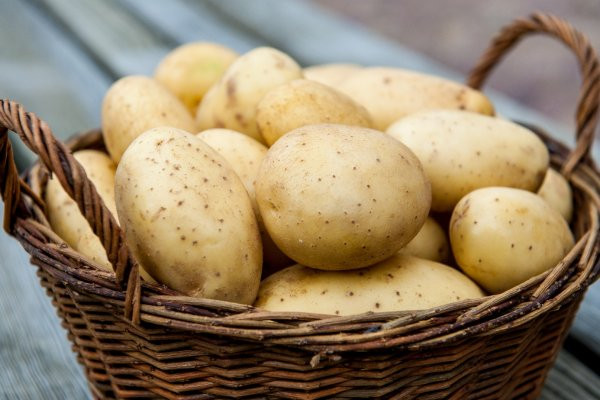Correct crop rotation of potatoes allows you to get a large harvest, because if you plant potatoes constantly in the same place, it gradually selects certain trace elements and nutrients from the soil, and even regular fertilization and top dressing do not give the required yield. But the processes of planting, weeding and harvesting potatoes are very laborious, so every summer resident wants to increase the efficiency of his labor and tries to understand the cultivation technique, follow the recommendations of experienced agricultural technicians. These include the correct choice of potato predecessors and the selection of crops that can be grown after it.
Features of growing potatoes
Potatoes are considered one of the most common agricultural crops in Russia. Many dishes are prepared from it, it contains a large amount of microelements necessary for the body, which allows it to be called “the second bread”. To ensure the maximum yield of this vegetable, you should not only choose the variety that is most suitable for the climatic conditions of a particular area, but also carry out its correct planting, provide care and organize crop rotation in your private summer cottage.
It is recommended to plant potatoes in early May. At this time, the ground is already warming up to a sufficient temperature (10 degrees Celsius) for the tubers to sprout and shoots to form.
Prepare the soil before planting. Do it in the fall. The land must be plowed so that in the spring it is better saturated with moisture, and free circulation of oxygen is ensured. It is recommended to sow rye, the so-called siderat, in the fall on the site where potatoes will be grown (mustard can also be used in this capacity). In the spring, the vegetable garden, before planting the vegetable, should be plowed again together with the green manure.
Next, you should choose a landing method. It depends on the type and characteristics of the soil, the variety of potatoes and the location of the crop beds in the country (the site should be well lit and protected from the wind).
The preparation of planting material begins in the fall, immediately after harvesting. It is necessary to choose tubers with a diameter of 4-5 centimeters and weighing 70-100 grams.
A month before planting, the vegetable is taken out of the cellar and transferred to a warm and dark room so that the tubers can germinate. To grow a good crop, you can treat the tubers with a growth promoter. Such preparations as "Zircon" or "Epin" are optimal for this purpose.
When planting potatoes, keep the distance. It should be 60 centimeters between the rows, and 30 centimeters between the holes. This will allow in the future to huddle it with high quality, which means, in the end, to get a good harvest.
In the process of growth, it is desirable to provide the culture with moisture, despite the fact that it is quite unpretentious to growing conditions, regularly weed from weeds and periodically spud. In particularly dry areas, special watering of potatoes may be required, since natural rainfall will not be enough. At the same time, do not overdo it so that the vegetable does not start to rot.
Crop rotation procedure
It is very important to follow the order of alternation of potatoes with other crops on the site.This allows you to grow good yields and get quality tubers with excellent taste and long-term storage capacity. To do this, you need to figure out which are the best predecessors for potatoes, and which crops are better to plant after it.
Agronomists and agricultural technicians recommend growing potatoes in a cucumber or mustard field. These crops fill the soil with the necessary nutrients, which allows you to get a high yield. Potato precursors such as various legumes, cabbage, plants from the Pumpkin family (for example, squash) also contribute to an increase in yield. But if a sunflower, sorghum, or a representative of the Solanaceous family (for example, tomatoes) grew in the garden a year before planting potatoes, then there is a high probability of a crop disease or low yield, since all the useful elements necessary for potato growth will already be consumed by these plants from the soil ...
In the process of its growth, the described culture actively consumes phosphorus and potassium, and if you do not follow the order of crop rotation, there is a risk not only to significantly reduce the crop yield on your site, but also to generally worsen the quality of the soil, the restoration of which will take a lot of effort and time. It is also recommended to replenish the microelements consumed by the plants from the soil by applying appropriate fertilizers.
The next year after harvesting potatoes, this field should not grow crops of the Solanaceae family, which include tomatoes, peppers and eggplants (the most common vegetables), since they need the same trace elements from the soil, and they are also prone to the same diseases. They will not give a good harvest and crops from the Pumpkin family (for example, zucchini or cucumbers). For them, an important parameter is the quality of the soil, the content of all the necessary substances in it, so the answer to the frequently asked question “can you plant cucumbers after potatoes” will be negative.
Vegetables of the legume family feel best on a potato field: peas and soybeans. You can also plant radishes, radishes and beets next year. Plants such as spinach and lettuce also yield good yields.
Potatoes and beans are planted together, as the latter transfers a large amount of nutrients to the soil, which are necessary for a good potato crop. In addition, the smell of beans or pea roots repels the most dangerous pests for potatoes: the Colorado potato beetle and the click beetle.
So, in order to get a good harvest of vegetables or berries in the garden, you must follow the rules of crop rotation. Potatoes are one of the most common summer cottage crops, so you need to know what you can plant after it, and what is better to grow in the field in front of it. In particular, legumes (soybeans, peas, beans) are the best predecessors, but the answer to the question "can you plant zucchini after potatoes or other vegetables of the Pumpkin family" will be negative.It is also not recommended to plant potatoes with mustard, since the latter is green manure, it is more efficient to use it in the fall, sowing a potato field in order to enrich the soil with the necessary substances. Planting potatoes with beans together is the best solution as it enriches the soil with nitrogen and repels pests.

